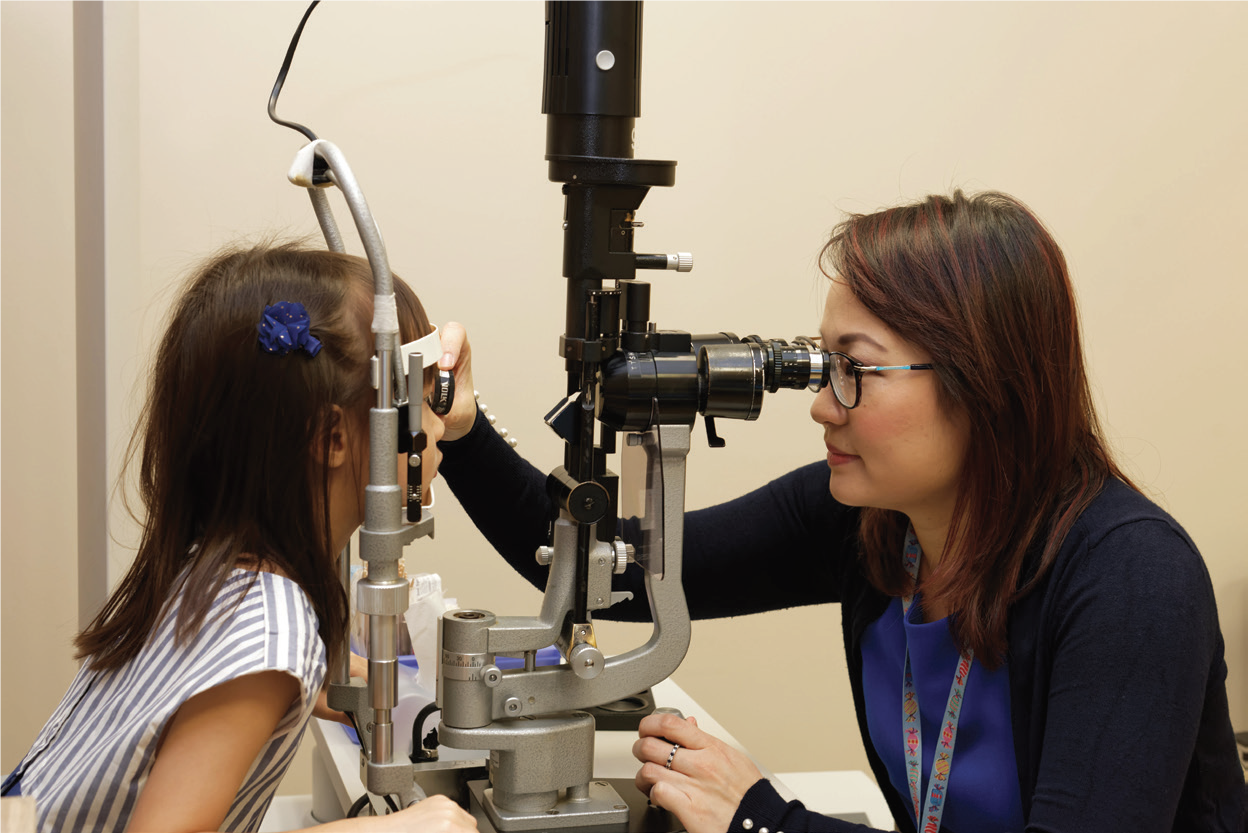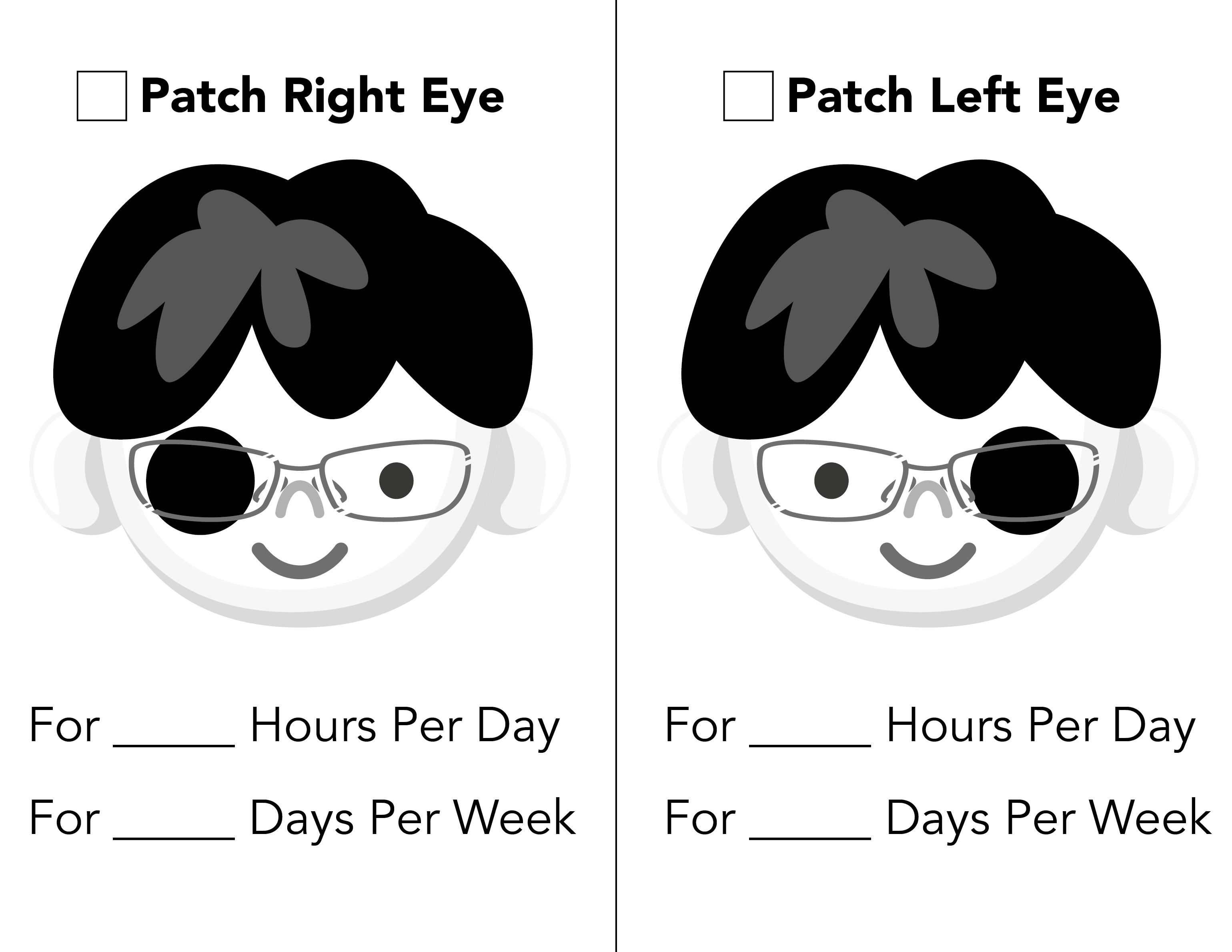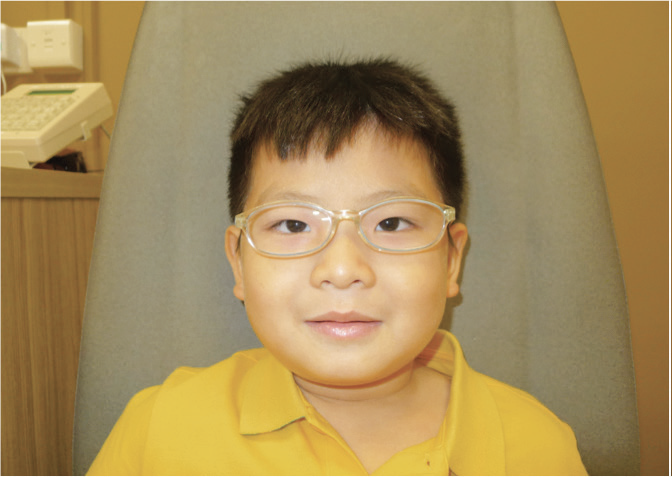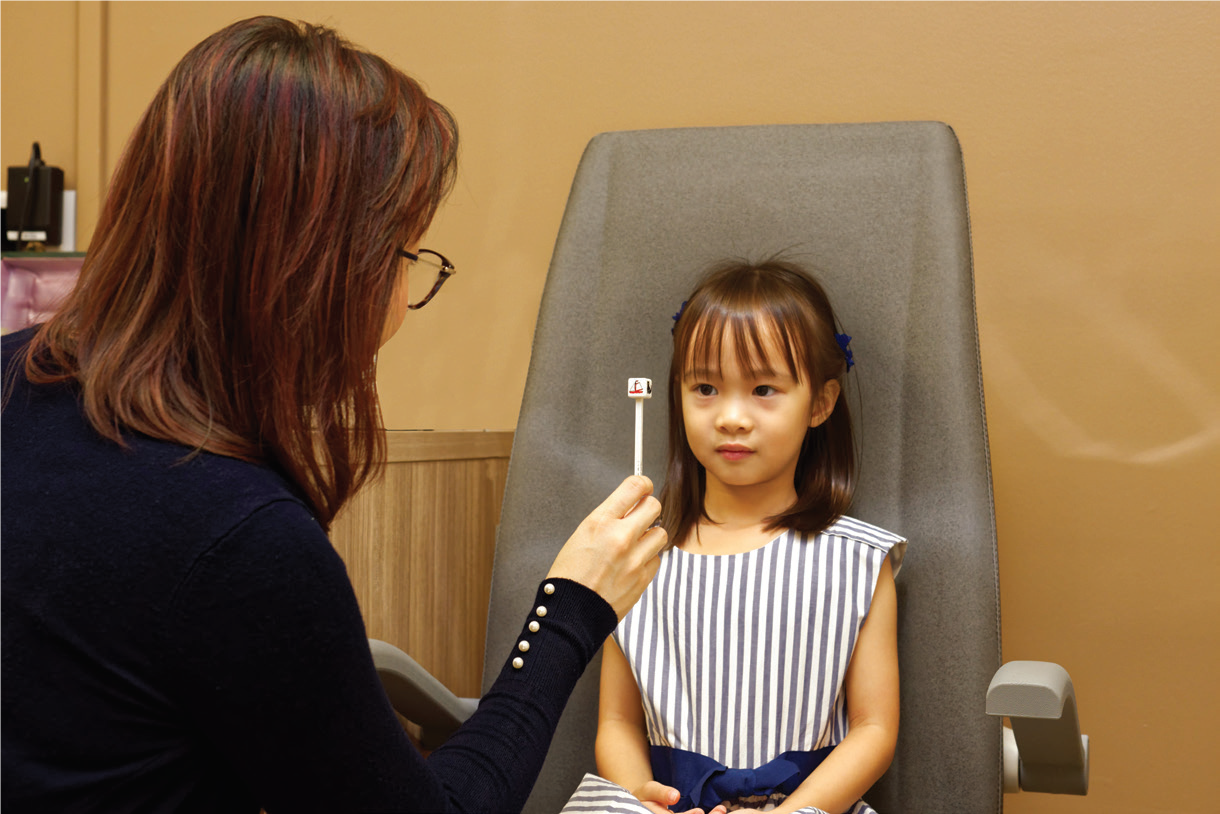Download PDF, 393KB, PDF
What is Amblyopia?
Amblyopia occurs when one eye (or both eyes) fails to achieve normal vision in infancy or childhood. Amblyopia is also known as “lazy eye”.
For normal vision to develop, the brain has to receive clear images captured by each eye. If the nerve connections between the brain and the eye are not properly stimulated, the eye will fail to achieve normal vision, even with prescription spectacles or glasses or contact lenses.
After the age of 8 – 10 years and older, it becomes very difficult to improve vision in an amblyopic eye, as the eye and the brain (visual system) have fully matured.
Amblyopia can become a permanent lifelong condition if not treated.
Common Causes of Amblyopia
- Refractive Amblyopia
• High amounts of myopia (short-sightedness), hyperopia (far-sightedness) and/ or astigmatism
• Large differences in refractive power between the two eyes - Strabismic Amblyopia
• Misalignment (squint) of the eyes - Vision Deprivation Amblyopia
• Blockage of the vision due to droopy eyelids, cataracts or other eye abnormalities
How is Amblyopia detected?
There are often no obvious signs or symptoms of amblyopia. Infants and some children may be too young to complain of poor vision, and the eyes usually appear normal.

Early checking of vision by the family doctor, paediatrician or ophthalmologist can help in early detection.
How is Amblyopia Treated?
If there is abnormal spectacle power,
appropriate spectacles are prescribed to be worn full-time.
Amblyopia is treated by encouraging the use of the lazy eye. This is done by
patching the good eye, for a few hours a day, in order to improve the vision of the lazy eye.
Treatment can take up to weeks, months and even years. When the vision is equal in both eyes, or when the vision in the lazy eye improves maximally, patching will be decreased or discontinued.
Successful treatment depends on how severe the amblyopia is and the age at which it is detected and treated. If amblyopia is mild and detected early, treatment time is usually shorter. The success rate is much lower if amblyopia is detected after 8 – 10 years old.
Eye Patches
Eye patches may be easily obtained over the counter at most hospitals and major retail pharmacies.
It is not advisable to use a “pirate” eye patch on a strap, or to put a patch on your child’s spectacles, as this will not completely block the vision of the good eye, and your child will be able to peek around the patch and use the good eye to see. If the lazy eye is not being used, the vision in the lazy eye will not improve.
Patching Instructions
Your child has Amblyopia (Lazy Eye) affecting his
RIGHT/LEFT EYE


Other Treatment
Ask your orthoptist and doctor for further advice and tips to help you patch successfully. Sometimes, special eye drops, filters and spectacle lenses can also be used to blur the vision of the good eye to encourage the use of the lazy eye. Discuss this with your doctor.

